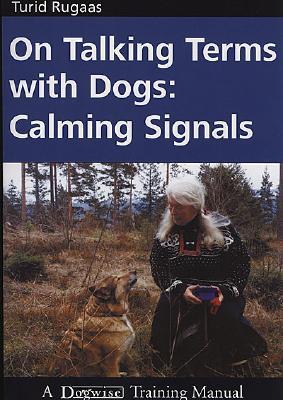What do you think?
Rate this book


79 pages, Paperback
First published January 1, 2005
Until now, much of the relationship has consisted of a one-way communication: I, the owner, tell you what to do and you do what I say. This has nothing to do with a relationshipŌĆ”If you want your dog to respect you, you must also respect your dog. A good relationship is based on two-way communication, and living together in a well-balanced togetherness.
It takes so little to be friendly to a dog, and the result can be so overwhelmingly huge. You always have the choice of being threatening or calming. To me, the choice is easy.